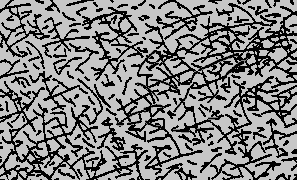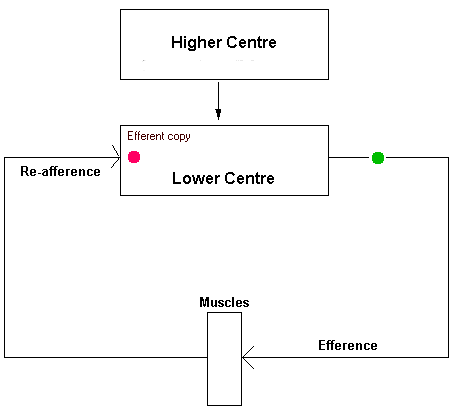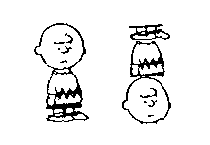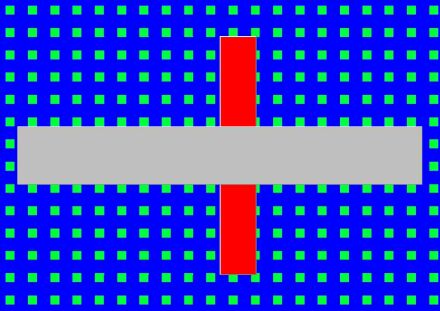

Entire Set of Printable Figures For
Motion Discrimination and Recognition - Dittrich & Lea
![]()
Link to external motion illusion

![]()
Link to Illusionworks
![]()
Link to animated demonstration

![]()
Link to external demonstration

![]()
CONCEPTS: THE FEATURE-POSITIVE EFFECT
The feature-positive effect is a very robust phenomenon described first in discrimination learning by Sainsbury and Jenkins (1967). In concept discrimination, the "feature", the stimulus element that defines the concept, may be present (feature-positive) or absent (feature-negative)
In the following little lab-class example on concept discrimination, two series of trials are provided with identical pairs of number stimuli. Students must decide which is the "correct" choice, with immediate feedback given. When the feature is positive, the vast majority of students will learn the concept in ten trials. When the feature is negative, it is a near certainty that the concept will not be learned within 20 trials.
Unknown to the subject we are testing a Feature Positive condition and the correct feature is "4", therefore, selecting "A" is the correct choice. Subjects soon learn the correct response in the Feature Positive condition (criterion: 5 consecutive correct responses). In the Feature Negative condition, "B" would be the correct choice because the feature "4" is absent. Under this condition few subjects learn the correct choice.
Find out what a group of numbers have in common. Select in each trial either group A or group B for your choice to find the solution! Below is an example of six responses on a record sheet, although 20 trials are presented in total.
Stimulus group: A B
--------------------------------------------------------------------
1. B 147 239
2. A 724 639
3. A 947 865
4. A 421 795
5. A 843 261
6. A 394 756
7. .........
For more information on the term 'concept discrimination' in birds see Lea 1984; for an interesting approach to the feature-positive effect in pigeons see also Lindenblatt and Delius 1988.
![]()
Other Examples from Watanabe, Lea, Ryan and Ghosh

![]()
Links to several videos that canít be printed
![]()
Link to external demonstration of Lissajous figures
![]()
Results from Experiment 3 of Emmerton (1986)

![]()
Links to several videos that canít be printed
![]()
Links to several videos that canít be printed
![]()

![]()
Example stimulus from Lea, Slater, and Ryan (1996)
